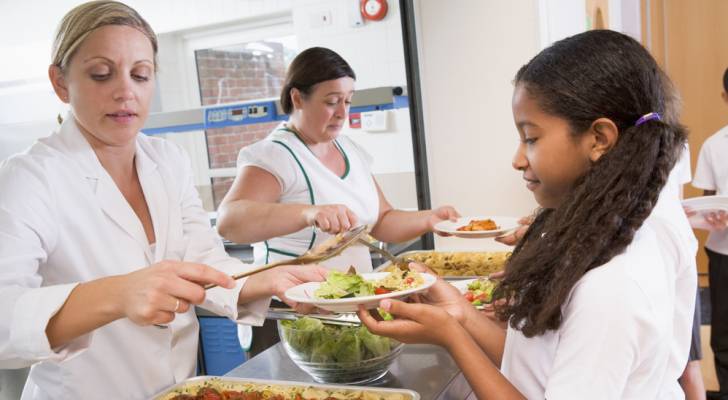
There are more food-insecure families in Texas than any state in the nation. The problem is acute in Dallas-Fort Worth, where one in seven — a third of them children — face hunger.
"In North Texas, things have been tight,” Anne Readhimer, Chief Impact Officer for North Texas Food Bank, told CBS News. “Everyone is just needing a little bit more help these days.”
Don’t miss
- I’m 49 years old and have nothing saved for retirement — what should I do? Don’t panic. Here are 5 of the easiest ways you can catch up (and fast)
- Car insurance in America now costs a stunning $2,329/year on average — here’s how 2 minutes can save you more than $600 in 2025
- Gain potential quarterly income through this $1B private real estate fund — even if you’re not a millionaire. Here’s how to get started with as little as $10
That’s why the axing of the USDA’s Local Food for Schools Cooperative Agreement Program and Local Food Purchase Assistance Cooperative Agreement Program (LFPA) hits hard.
Readhimer said the food bank and schools in North Texas relied on these programs to get fresh produce to those in need.
"We’re still waiting to get a better understanding of how we’re going to make up for it.” she said.
The impact on families, food banks and farmers
In 2020, Readhimer’s food bank [received] $9.2 million through the LFPA program to buy fresh produce and meat from Texas farmers.
That money isn’t there anymore. Readhimer said without it, the cuts impact local farmers, too.
Read more: Want an extra $1,300,000 when you retire? Dave Ramsey says this 7-step plan ‘works every single time’ to kill debt, get rich in America — and that ‘anyone’ can do it
Texas Agriculture Commissioner Sid Miller defended the USDA’s budget cuts in a press release,
"These changes also provide an opportunity for states to assume greater responsibility in shaping their own programs," he said.
Miller said Texas would continue to run its Farm to School and Farm to Food Bank initiatives, with less reliance on federal funding.
Local leaders and food advocates note that the loss of USDA funding will definitely make it harder for schools to provide meals to the 250,000 children who rely on them for their daily nutrition.
Improve food security in your community and at home
The Trump administration’s cuts to federal food assistance programs highlight the challenge families across the U.S. face in eating nutritious meals on a budget.
Here are some strategies to keep your food budget on track at home.
Meal planning is key. Streamline your grocery list and avoid impulse buys by creating a weekly menu based on affordable, healthy recipes.
Keep stock of what you have at home. Knowing what’s in your pantry and fridge and using it will cut down on food waste and unnecessary purchases.
Be smart at the grocery store. Compare prices, buy in bulk, and choose store brands over name brands.
Meanwhile, you can support your neighbors with their own food security by contributing to local food banks, whether by donating money, non-perishables or time as a volunteer.
Business owners can partner with local farmers and suppliers and donate excess food.
Companies that give employees access to nutritious food contribute to a healthier, more productive workforce overall.
What to read next
- Accredited investors can now buy into this $22 trillion asset class once reserved for elites – and become the landlord of Walmart, Whole Foods or Kroger without lifting a finger. Here’s how
- Here are 3 ‘must have’ items that Americans (almost) always overpay for — and very quickly regret. How many are hurting you?
- Nearly 1 million Americans have a net worth of at least $10,000,000 — here are 3 ‘quiet’ ways the ultra-wealthy grow their riches (and how you can join the club ASAP)
This article provides information only and should not be construed as advice. It is provided without warranty of any kind.